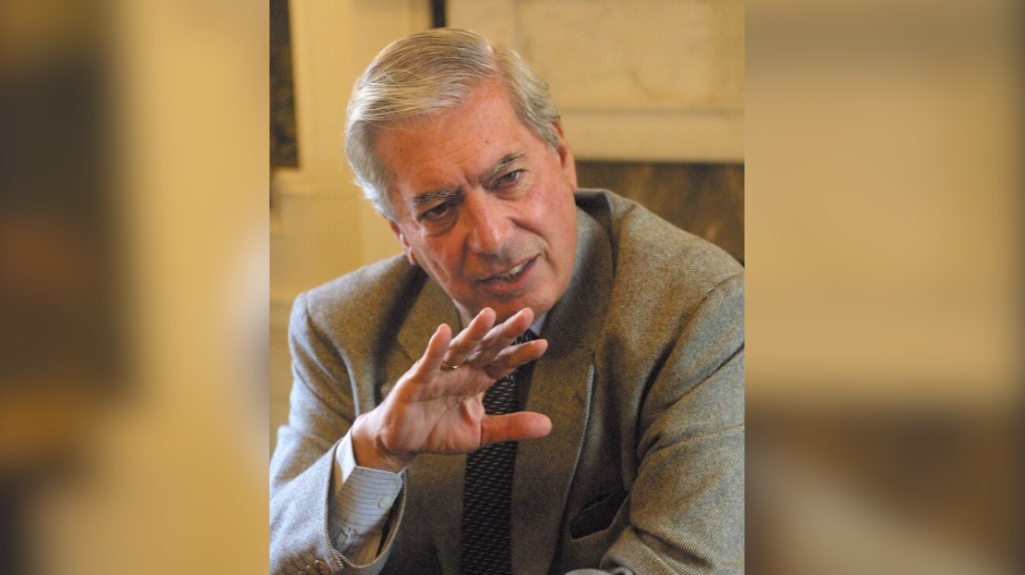In Chile, Poetry in Bedrock and Blood
In Chile, Poetry in Bedrock and Blood
"Chilean culture is steeped in poetry; poetry has become a life-blood of that country, ingrained in the bedrock as it were, over time," writes Americas Society's Daniel Shapiro for CNN. Two of the miners rescued from Chile's San José mine were identified as poets.
Since the rescue of 33 miners this week in Copiapó, Chile, the world has turned its attention to that distant southern-cone country, one known for its striking topography, its volcanoes and earthquakes—including one that devastated the city of Concepción this year—and its poetry.
Chile is a land of poets, having produced such greats as Nobel-Prize winners Gabriela Mistral and Pablo Neruda as well as world-class practitioners like Vicente Huidobro, Nicanor Parra, Gonzalo Rojas and many, many more.
So it must have come as no surprise to Chileans, I imagine, and was undoubtedly considered a "badge of honor" when Víctor Segovia, one of the Copiapó miners, was dubbed the "mine poet." He had kept a journal and sent messages to the surface of the Atacama Desert during the miners' horrendous ordeal. Víctor Zamora, another of the miners, was also identified as a poet.
One is struck by the contrast between the brutality of the miner's work and this tender impulse to create. One shouldn't be surprised: The miner breathes in rarified minerals—copper and gold—till they're in his blood.
Chilean culture is steeped in poetry; poetry has become a life-blood of that country, ingrained in the bedrock as it were, over time.
The country's history has been marked by struggle—including the resistance of the Mapuche Indians that continues to this day—by the legacy of colonialism, and later by dictatorship, not to mention the extremes of poverty and a landscape that from time to time erupts into violence, strewing destruction in its wake.
It's also a landscape of incredible beauty that has produced the splendors of grapes and wine. All these factors, among others, have combined to create a body of poetry that by now is bred in the bone, from Alonso de Ercilla's epic "La Araucana" to the great poets of the twentieth century to the most contemporary manifestations—including the symbolic act of a group of miners sending up frail hope to loved ones and the world from half a mile beneath the ground.
In a country such as Chile, poetry holds a respect perhaps unimaginable in the United States; as dramatized in the popular film Il Postino, the name Pablo Neruda is a household word.
Modern and contemporary Chilean poetry has run the gamut in terms of content and form. Among its riches are Neruda's surrealistic love poems; Vicente Huidobro's playful, iconoclastic "Altazor" (dubbed by its author as "Voyage in a Parachute"); Mistral's severe meditations; the absurdist visual poems of Juan Luis Martínez (one of which depicts Marx and Rimbaud in Superman uniforms); the nostalgic laments of Jorge Teillier, set in stark and lonely landscapes of the south, the erudite pieces of Gonzalo Rojas; and Raúl Zurita's veiled depictions of terror during the Pinochet regime.
These poems and others, I have no doubt, have been both shaped by and helped shape the Chilean psyche.
Let me speak here about two texts I've had the opportunity to translate, an experience that has brought me closer to understanding both the country and its poetry as a universal fount.
Both were written during the dictatorship, when culture was severely suppressed but when poetry continued to be written and circulated, often clandestinely. Elvira Hernández's poem "The Flag of Chile" (recently published in translation in "The Oxford Book of Latin American Poetry") stands as both a metaphor and an anthem of the indomitable spirit of a people under a repressive regime (the proud display of the Chilean flag during the vigil for the miners at Camp Esperanza offers that same spirit in a different context).
Tomás Harris's book-length poem "Cipango" (originally published in Spanish in 1992/1996 and as a bilingual edition this year), whose point of departure is Columbus' arrival in the Americas and the violent legacy that ensued, is also a nightmarish reflection on the dictatorship in the author's own time, presenting a vision of an apocalyptic world that holds a prospect of regeneration.
I believe that for both these poets, as with many of their compatriots both inside and outside the country, poetry must have served as a touchstone and a tool, a way to survive and bear witness during dark days as they waited for the sun.
The image of crowds cheering in Ahumada Plaza in downtown Santiago after the last miner was pulled out Thursday—a worldwide applause that continues to resound—and the probability that most of these men will return, after the hoopla, to the copper-and-gold mines again remind one of the dignity, discipline and hope that sustained both those below and above the ground, of the extremes that have produced poetry and of the tenacity as well as fragility of life itself.
Daniel Shapiro is director of literature and editor of Review: Literature and Arts of the Americas at the Americas Society in New York. A poet and translator, he has published work in The American Poetry Review, BOMB, Electric Literature and The Quarterly Conversation. His translation of Chilean poet Tomás Harris's Cipango was published this year by Bucknell University Press.








